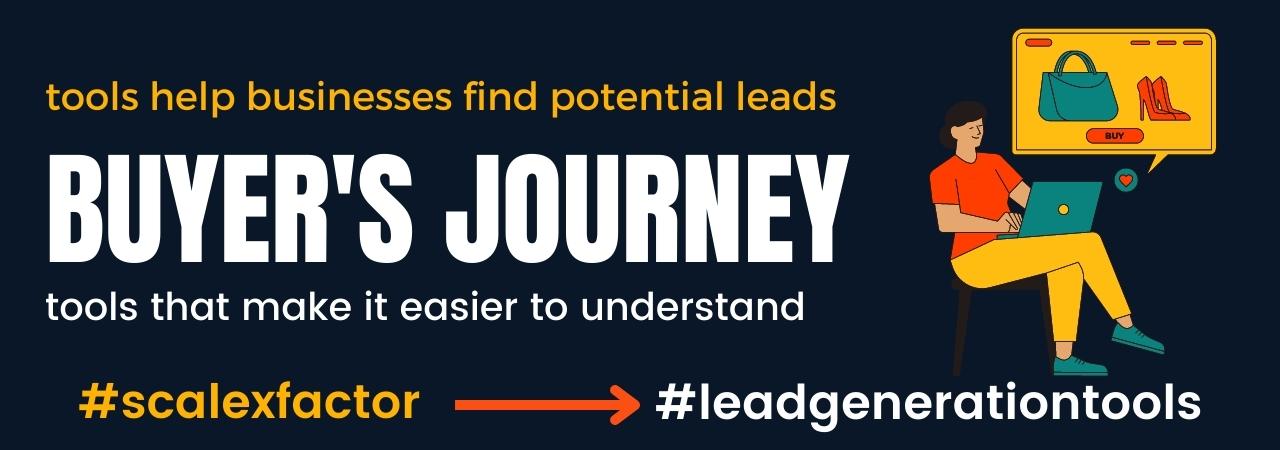Have you ever thought about how people decide to buy things? It’s like a journey they go on, and businesses use special tools to understand and help with this journey.

This is called the “buyer’s journey,” and in this article, we’re going to learn all about it and the tools that make it easier to understand.
What is the Buyer’s Journey?
The buyer’s journey is the process a person goes through when they decide to buy something. Imagine you want to get a new bicycle. You don’t just wake up one day and buy it, right? You start by thinking about why you need it and what kind you want. Then you look around, compare different bikes, maybe ask friends for advice. Finally, you make up your mind and buy the bike. This whole process is the buyer’s journey.
It has three main parts:
- Awareness: This is when you realize you want or need something. You become aware of a problem or a desire. For our bicycle example, it’s when you think, “I need a new bike.”
- Consideration: In this part, you start looking for solutions. You think about different options and compare them. You might visit stores, check online, and read reviews to figure out which bike is best for you.
- Decision: This is when you decide which bike to buy and actually make the purchase. You’ve done your research, and now you’re ready to get that bicycle you want.
How Businesses Use Lead Generation Tools
Businesses want to help you on this journey. They want to show you the right product that solves your problem or fulfills your desire. This is where lead generation tools come in handy. These tools help businesses find potential customers (leads) and understand where they are on the buyer’s journey.
Types of Lead Generation Tools
- Forms: You might have seen these on websites. They ask for your name and email in exchange for something like a free e-book or a discount. When you fill out the form, the business knows you’re interested.
- Surveys and Polls: Ever been asked to answer a few questions online? Businesses use surveys and polls to learn about your preferences. This helps them suggest the right products to you.
- Social Media: Businesses also use social media to find leads. They create interesting posts and if you like or comment, they know you might be interested.
- Landing Pages: These are special web pages for specific products. If you click on an ad for a bike, the link might take you to a landing page all about bikes. This shows the business that you’re interested in bikes.
- Analytics Tools: These tools help businesses understand your online behavior. They can see which pages you visit, how long you stay, and what you click on. This tells them what you’re interested in.
- Email Campaigns: Sometimes, you might get emails from businesses after signing up for their newsletter or downloading something. These emails give you more information about products you might like.
Putting It All Together
Imagine you’re a kid who loves drawing. You start looking online for new colored pencils. You fill out a form on a website to get a free drawing guide. This tells the company you’re interested. They send you emails with more drawing tips and show you different colored pencil sets. You click on a link and end up on a page that shows all the types of pencils they have. After a few weeks, you decide to buy a set.
In this journey, the lead generation tools helped the company understand what you like and where you are in the process. They didn’t just start by telling you to buy something. They helped you step by step until you were ready to decide.
Conclusion
Understanding the buyer’s journey is important for businesses. It helps them help you better. Lead generation tools make this process smoother. They help businesses find out what you like, what you’re looking for, and when you’re ready to buy. So, the next time you’re online and you see a form or get an email, remember that businesses are just trying to guide you on your journey.




